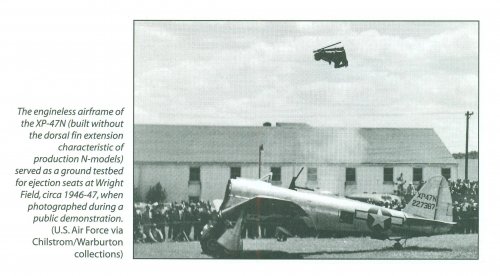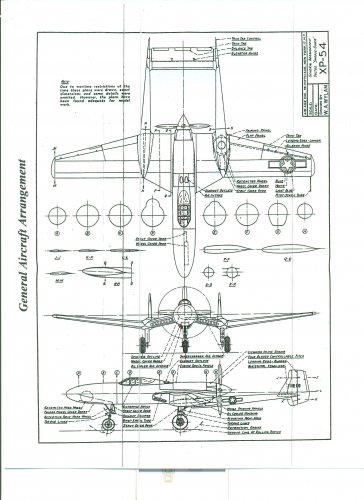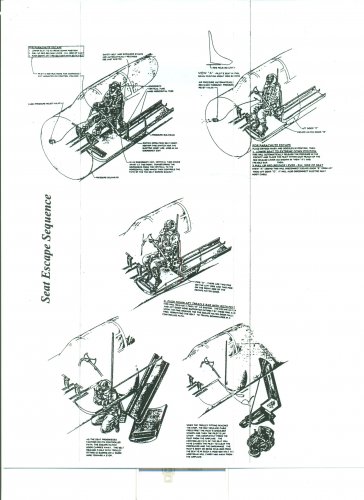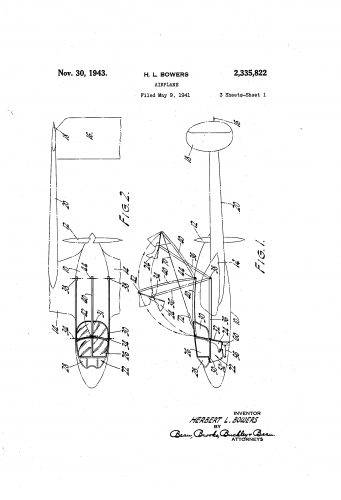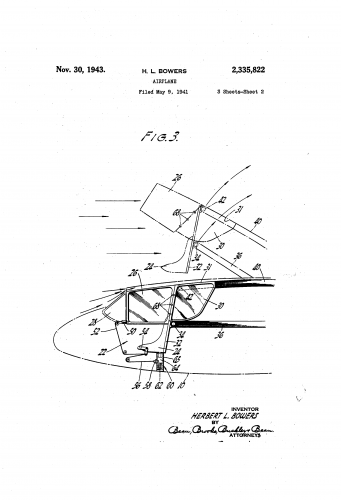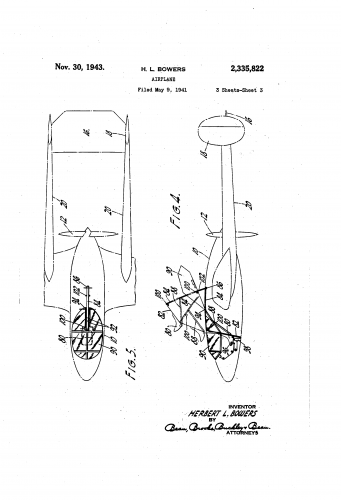You are using an out of date browser. It may not display this or other websites correctly.
You should upgrade or use an alternative browser.
You should upgrade or use an alternative browser.
USAAF 2ndWW ejector seat.
- Thread starter Spark
- Start date
Unknown to me!
Hi,
There was circa 1943 a US fighter project prototype tricycle undercarriage with a (pusher) propeller behind the pilot, like the later Saab 21.
I forget the name but have a reference at home.
There was circa 1943 a US fighter project prototype tricycle undercarriage with a (pusher) propeller behind the pilot, like the later Saab 21.
I forget the name but have a reference at home.
Justo Miranda said:Here some info of postwar test with German ejector seat Heinkel-Kartusche type
- Joined
- 1 May 2007
- Messages
- 2,460
- Reaction score
- 1,454
Hi,
There was circa 1943 a US fighter project prototype tricycle undercarriage with a (pusher) propeller behind the pilot, like the later Saab 21.
I forget the name but have a reference at home.
That would be the Vultee XP-54 'Swoose Goose', from Wiki :-
https://en.wikipedia.org/wiki/Vultee_XP-54
"The pressurized cockpit required a complex entry system: the pilot’s seat acted as an elevator for cockpit access from the ground. The pilot lowered the seat electrically, sat in it, and raised it into the cockpit. Bail-out procedure was complicated by the pressurization system and necessitated a downward ejection of the pilot and seat in order to clear the propeller arc."
And Joe Baugher's site :-
http://www.joebaugher.com/usaf_fighters/p54.html
"The pressurized cockpit requirement, combined with the considerable height of the aircraft from the ground, made cockpit entry and exit a problem. In order to attack these problems, a unique solution was evolved--a pilot seat which functioned as an elevator. In order to enter the aircraft, the seat was electrically lowered from the bottom of the aircraft by a switch mounted on the outside of the plane. The pilot would sit down on the seat, throw a switch, and the seat would electrically raise itself up into the aircraft until it reached the flight position. Flight control cables were routed around the opening in the floor, and an inverted U-column was used to support the pilot's control wheel. This ventral access was also valuable in that it made possible the design of a fixed cockpit canopy, which simplified the problem of making a pressure-tight seal. In an emergency (assuming sufficient altitude were available), the elevator seat assembly would be catapulted downward clear of the propeller, making the XP-54 the first American fighter to be fitted with an ejector seat. "
cheers,
Robin.
Hi,
Many thanks, Best not ground attack. was it tested because the aircraft was test flown???
Many thanks, Best not ground attack. was it tested because the aircraft was test flown???
robunos said:XLNT...! ;D
Many thanks,
cheers,
Robin.
One XP-54 ended up on the fire rescue practice site at W-P where I saw it in 1951. All the instruments and radio had been removed, but otherwise the fuselage was pretty complete. I especially remember the control yoke which seemed pretty massive (more than appears in the drawings) and was pivoted on both sides of the pilot and arched over his legs to permit the entry and exit from below. The rudder pedals were the same castings as on the BT-13 that I had flown a few years earlier. I managed to pull of a piece of the structural stiffening as it was reported to be magnesium and carried it around for years, but it now seems to have been lost in one of my moves.
Best Regards,
Artie Bob
Best Regards,
Artie Bob
- Joined
- 11 March 2006
- Messages
- 8,611
- Reaction score
- 3,080
sienar said:Bells take
Reminds me very much on the Martin-Baker "swinging arm" :
http://www.secretprojects.co.uk/forum/index.php/topic,1893.msg55534.html#msg55534
Similar threads
-
-
-
-
-
Hughes Model 77 AAH competition winner (became the AH-64)
- Started by Matej
- Replies: 23

